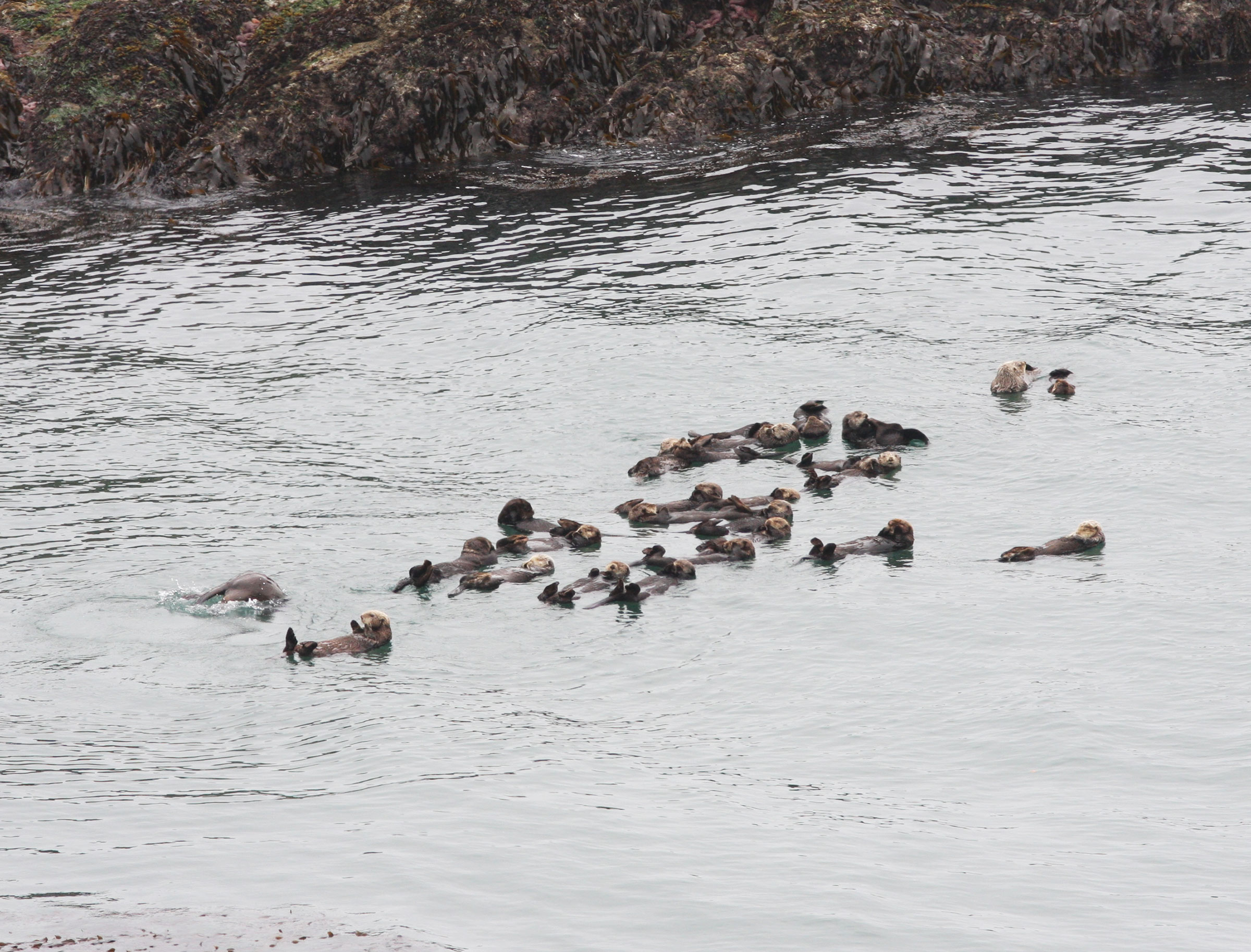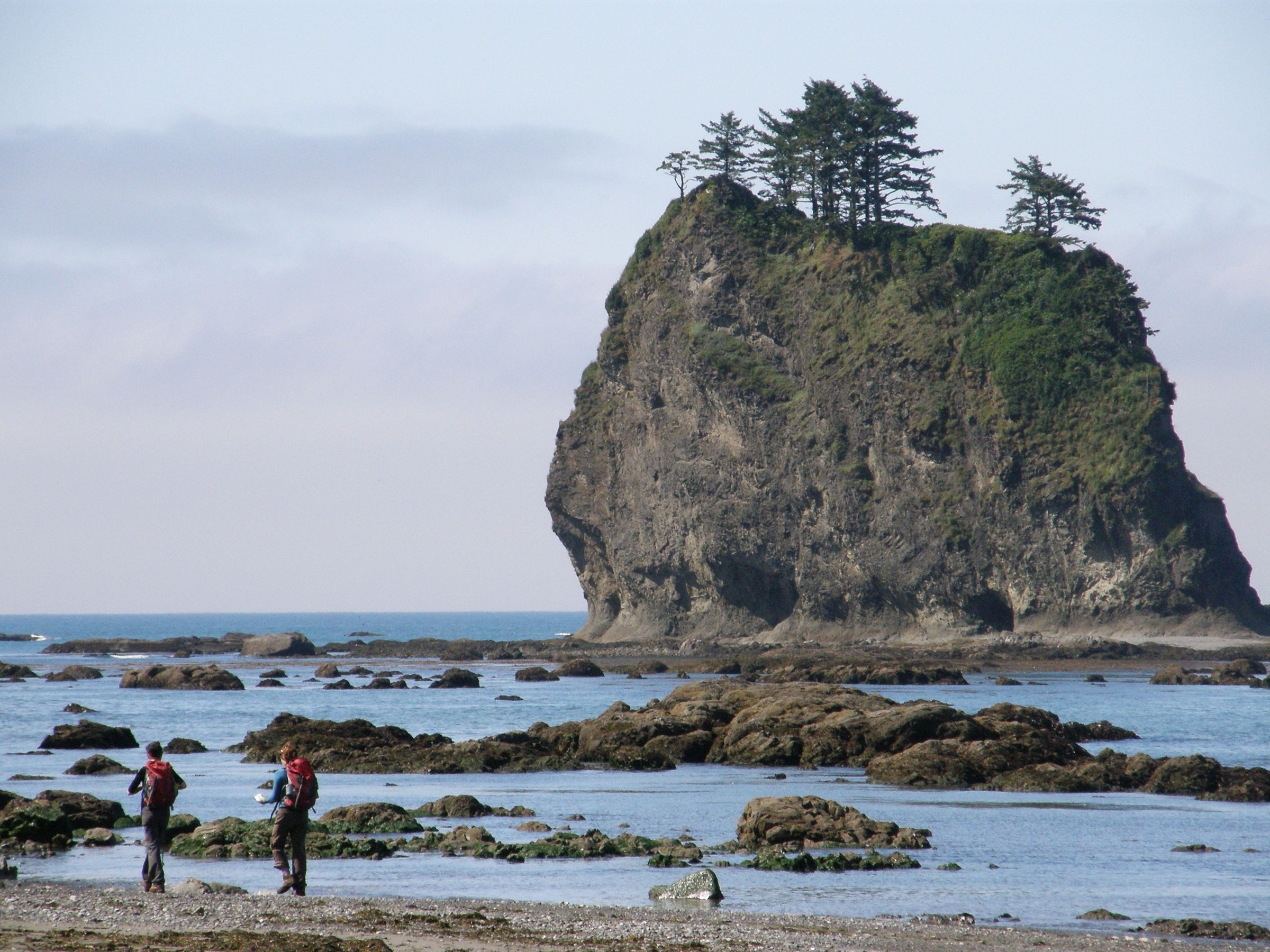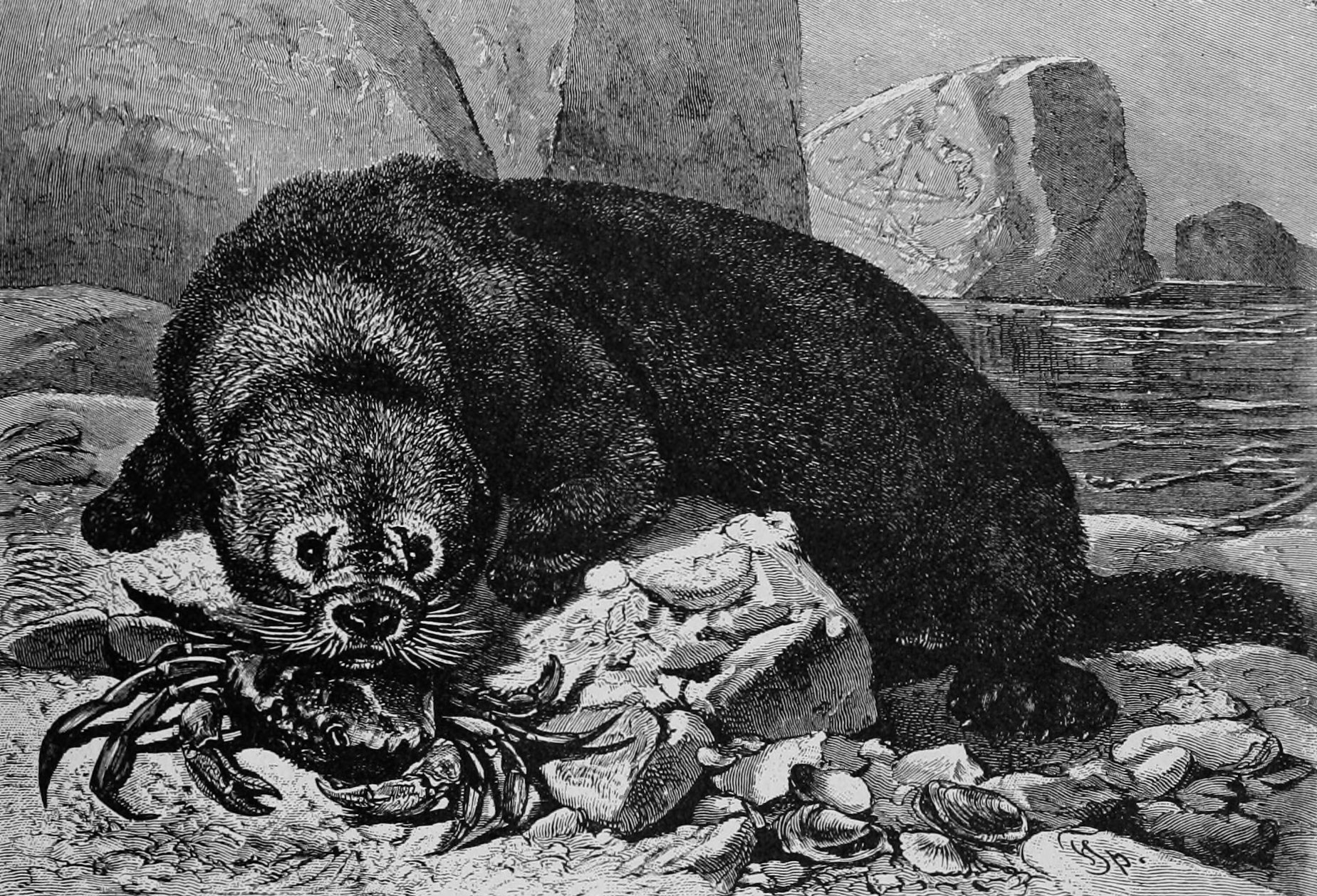Sea otter community ecology
The ecological importance of large, mobile, top predators is often poorly understood. The sea otter (Enhydra lutris) is an optimal study animal for observing and quantifying top-down forcing on the marine ecosystem and provides an ideal platform for examining ecological impacts at varying levels of predation. Widely known as a keystone species, sea otters exert a strong impact on the marine food web by removing large amounts of herbivorous invertebrates, reducing grazing pressure on kelp, and facilitating macroalgal growth. This work examines several aspects of sea otter ecology in the coastal marine environments of Washington state. Population-, sex-, and age-specific differences in foraging patterns, movements, and habitat selection are quantified using radio telemetry and direct foraging observations. Response strategies to varying environmental conditions are also contrasted between separate sea otter populations and body condition, demographic data, and resource selection patterns are related to population status. This work is conducted with, or supported by, NOAA, the Washington Department of Fish and Wildlife, USGS, and the Institute of Marine Sciences at UC Santa Cruz.



